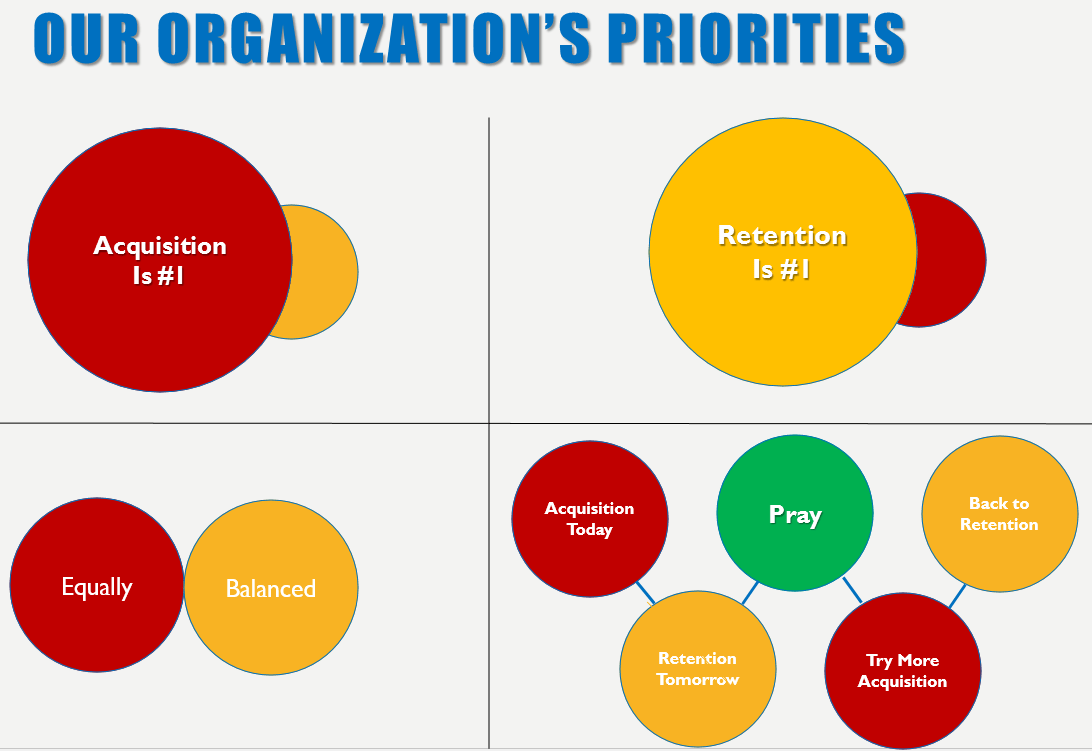4 Timely Nonprofit Fundraising and Communications Strategies
 Spring is always a good time for rebirth and dusting away the cobwebs. And what a grave, dusty, cobwebby year it’s been.
Spring is always a good time for rebirth and dusting away the cobwebs. And what a grave, dusty, cobwebby year it’s been.
As I sat down to write today’s article, I found my mind jumping from idea to idea. After all, it’s been pretty hard to focus with everything going on. So I took a deep breath, closed my eyes, and tried to pull together the various challenges I’ve seen nonprofit leaders, and fundraisers, grapple with in the past year.
I thought: what can people do now to set themselves up for success as we move forward into high fundraising season at the end of this coming year.
It’s not too soon to be thinking about this.
I ended up with four tips I hope you’ll find relevant and timely.
1. How to Message During Uncertain Times
Whether it’s a marketing or fundraising communication, keep these four basics in mind.
Details

 Giving is an emotional experience. It deserves an emotional response.
Giving is an emotional experience. It deserves an emotional response.
 One of my pet peeves as a donor is making a contribution (via a peer-to-peer request or tribute gift in honor or memory) in support of a friend; then receiving nothing but a form receipt.
One of my pet peeves as a donor is making a contribution (via a peer-to-peer request or tribute gift in honor or memory) in support of a friend; then receiving nothing but a form receipt.

 Twice in the past month I’ve been asked for a major gift.
Twice in the past month I’ve been asked for a major gift.